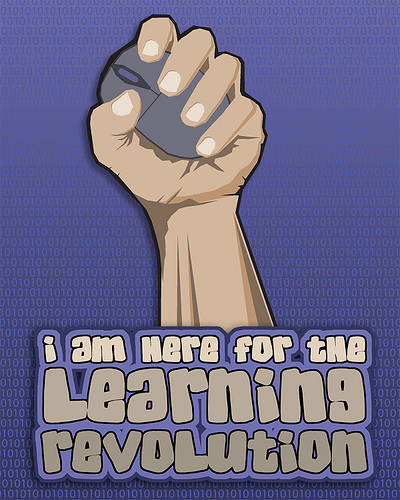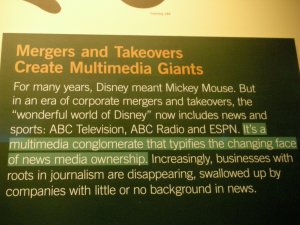 At SB, I’ve noticed a spike in new visitors this summer who might be wondering, “What is SocialButterfly all about?” Well, I’ve been evaluating that myself, and encouraged by a few colleagues of mine, I believe it’s time for an update. As we go forward, you’ll see me working to align my work, content and chatter around this working vision: Make SocialButterfly a resource for information and dialogue on social change, social marketing and social media.
At SB, I’ve noticed a spike in new visitors this summer who might be wondering, “What is SocialButterfly all about?” Well, I’ve been evaluating that myself, and encouraged by a few colleagues of mine, I believe it’s time for an update. As we go forward, you’ll see me working to align my work, content and chatter around this working vision: Make SocialButterfly a resource for information and dialogue on social change, social marketing and social media.
In my first post on SB, I explained that:
Defined–a social butterfly is someone who is amazing at socializing, making connections and creating conversation…appearing to ‘fly’ about the room. In the context of this Web site, it is a play on words.
‘Social‘ is taking from the term social marketing, in which marketing efforts are applied to create and influence behavior changes that are beneficial to society. In other words, depending on one’s view, it is learning to examine social issues and look for ways to ignite social change for the better.
‘Butterfly‘ is taken from the butterfly insect, which goes through a metamorphosis, and changes into a beautiful creation. Thus, this site works to promote and increase understanding surrounding the practice of social marketing by inspiring any and all to create change for the better. Then, in a ripple effect, maybe we could all become SocialButterflies in creating social change for the betterment of society.
As the header alludes, social change, social marketing and social media is a metamorphosis and we all play a role in spreading the good. It’s an evolution of an ongoing revolution. We can all be SocialButterflies. Let me elaborate:
Social Change–In the online space, and as our world becomes a smaller place, boundaries continue to become blurred. More public-private partnerships are evolving. Government agencies are reaching out to non-profits. Private sector is getting energized by government. And, this is good. Social change for social good takes a village. I was recently inspired by the discovery of Booz Allen’s “MegaComunities” concept. It mirrors a similar message that I detailed in my graduate research–emphasizing the collaboration across fields, industries and sectors. Social change umbrellas work of non-profits, journalism, activism, advocacy, health, environmentalism, social justice, human rights, public policy, lobbying, and more–for the improvement in the quality of life.
Social Marketing–Again, social marketing, on SB, does not mean social media. It means influencing behavior change for social good. Founded by marketing guru Philip Kotler and Nancy Lee, it’s the “science” behind behavior change for social good–aka social change. See the connection? Social change is the WHAT or the GOAL, social marketing is the theoretical STRATEGY or FRAMEWORK.
Social Media–Social media encompasses a variety of TACTICS and/or TOOLS. Social media marketing is best when it’s an integrated approach that complements current outreach and communication efforts, when it works to solve a problem, and is about what it enables, empowers and builds–more so than tools or information. SB looks at social media for a few reasons 1) It’s evolving itself as new tools and best practices continue to emerge on almost a daily basis; 2) Because of its fast growth and continual change, it demands savvy practitioners; 3) Because of reason #2, an active commitment to learn and engage is required, not just for me, but for all of us colleagues; and 4) It has the potential to completely change the game for social change and behavior–and in many ways, it already has–making it critical to know, understand and grasp.
But I can’t accomplish this alone. It’s going to take an active-living-breathing-charged-committed-encouraged-motivated-and-dedicated swarm of socialbutterflies to move the needle. What are your thoughts? How do you think we’re doing?
flickr credit: ~flutterby~’s









